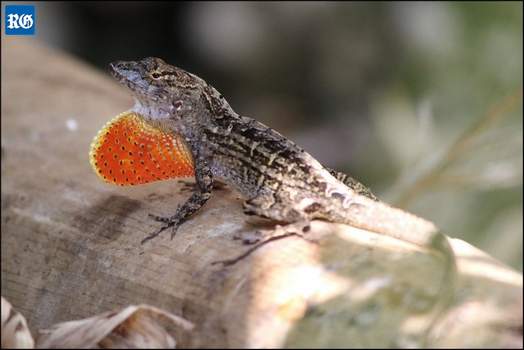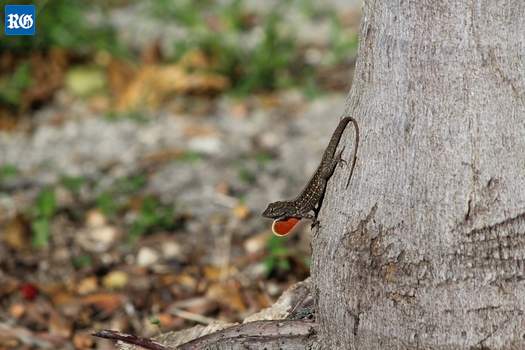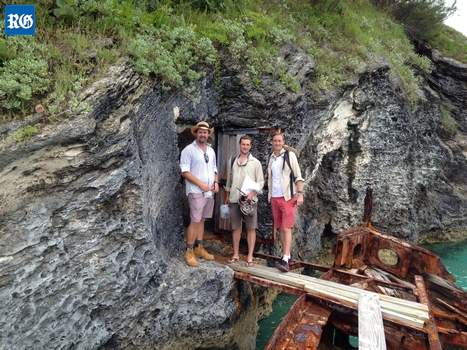Recent News
Endangered turtle returns to oceanTuesday, July 19, 2016
Exactly 200 days after two fishermen found her bobbing aimlessly off the North Shore and gasping for every breath, Daisy the loggerhead turtle has been returned to the open ocean.
Shedding light on mysteries of deep
Tuesday, July 19, 2016
A deep ocean research mission is set to begin off the coast of Bermuda tomorrow
Financial boost for marine research project
Saturday, July 16, 2016
A global marine research project that will begin in Bermuda has received its first financial donation from a local firm.
Ocean Tech Initiative Receives Local Support
Wednesday, July 13, 2016
Only one week after launching Ocean Tech – a global marine research project to help save the world’s oceans – the team of scientists, conservationists and media specialists who are leading this ambitious endeavour have received their first local donations.
Snake captured in Sandys
Friday, July 08, 2016
Conservationists have warned of the disastrous consequences snakes could have on Bermuda’s wildlife after a species of kingsnake was captured in Sandys.
About
GovernanceAbout Us
Newsletter
Latest News
Gift & Bookstore
Contact
General Inquiries
info@bzs.bm
Latest News
All the latest updates and news from the Bermuda Aquarium, Museum, and Zoo, one of Bermuda's leading visitor attractions!
Jonathan Bell
Published Nov 2, 2017 at 8:00 am (Updated Nov 2, 2017 at 6:05 am)

The brown anole lizard in Bermuda (Photograph by James Stroud)
Bermuda’s endangered skinks are soon to cross paths with a thriving invasive species that already outnumbers the entire native population.
James Stroud of Florida International University said the brown anole lizard had been recorded “living in some of the highest densities of any terrestrial vertebrate on Earth”.
Dr Stroud’s report was shared with The Royal Gazette in the wake of an article on the lizard’s spread after the reptiles were spotted around Aberfeldy nursery in Paget.

The brown anole lizard in Bermuda (Photograph by James Stroud)
Other clusters of the foreign lizard were found on the grounds of Belco and a lumber yard at Mill Creek, both in Pembroke.
The report, with Sean Giery from North Carolina State University and Mark Outerbridge from the Department of Environment and Natural Resources, “conservatively” estimated there were 4,000 to 5,000 of the lizards on the island — dwarfing a total skink population of 3,500.

Researchers on Nonsuch Island: from left, Mark Outerbridge of the Department
of Environment and Natural Resources, Sean Giery from the University of Connecticut,
and James Stroud of Florida International University (Photograph supplied)
The two species overlap “substantially” — both lizards prefer to stay on the ground, and eat the same ground-dwelling insects and spiders.
The scientists estimated that contact between the species might occur in less than ten years.
Brown anole numbers appear to reflect “an initial stage of invasion, and prior to exponential growth” — meaning the lizards could become a familiar sight around the island.
The brown anole, which is originally from the Caribbean, has spread around the world — partly because the lizards are popular as pets.


